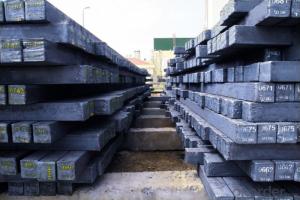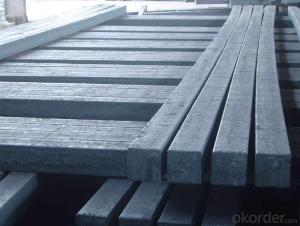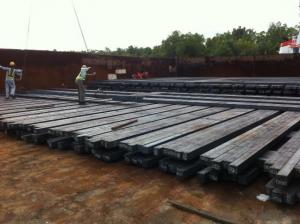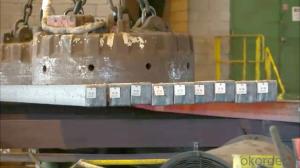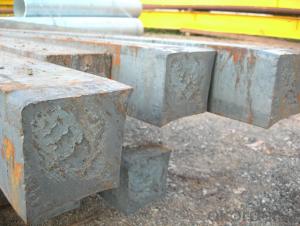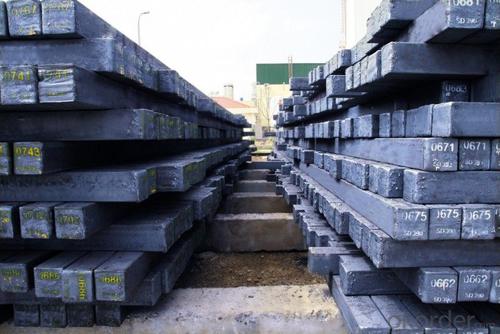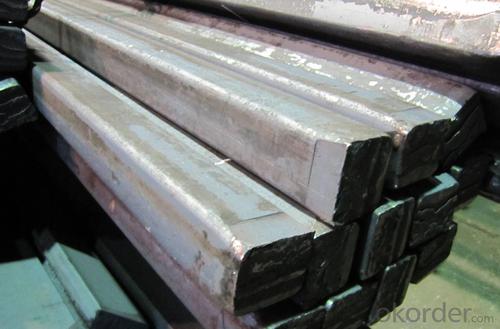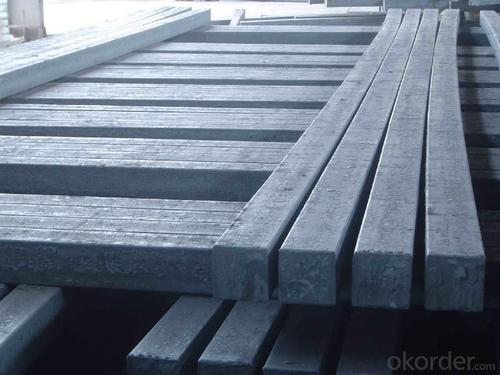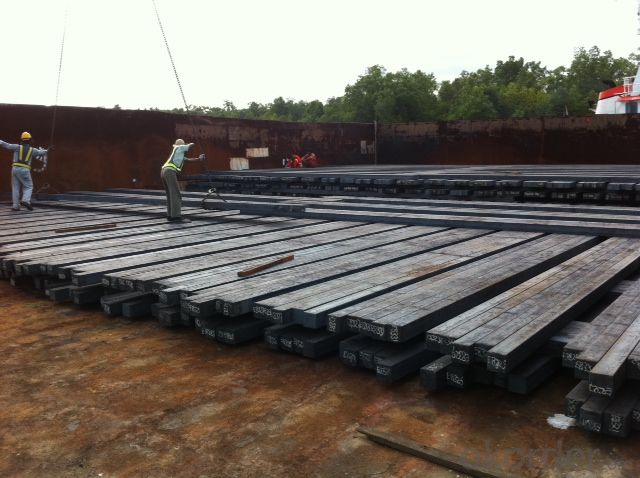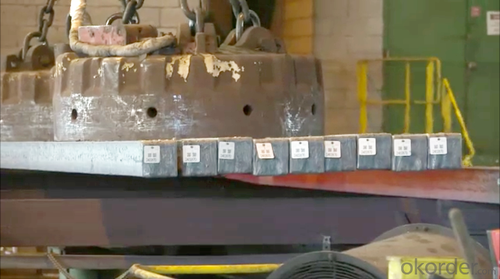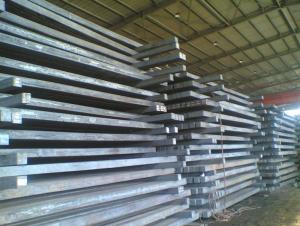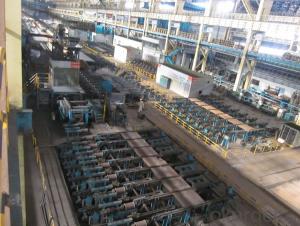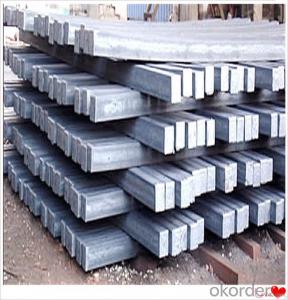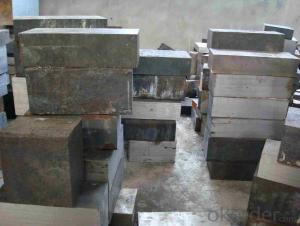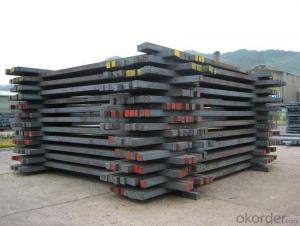Z42 BMP Rolled Steel Coil Construction Roofing Construction
- Loading Port:
- Tianjin
- Payment Terms:
- TT OR LC
- Min Order Qty:
- 100 m.t.
- Supply Capability:
- 10000 m.t./month
OKorder Service Pledge
OKorder Financial Service
You Might Also Like
Structure of Z42 BMP Rolled Steel Coil Construction Roofing Construction 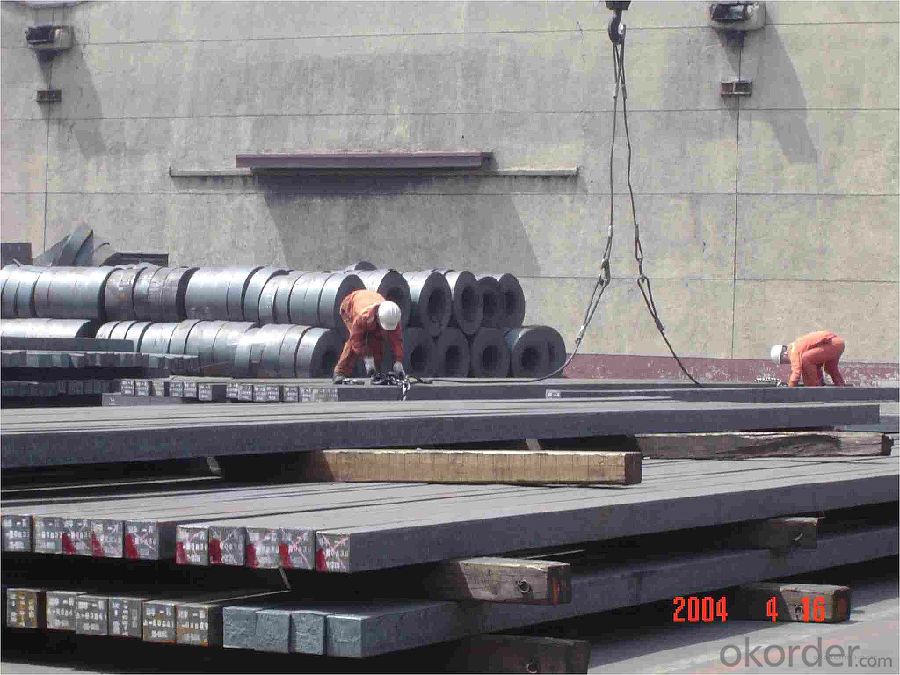
Description of Z42 BMP Rolled Steel Coil Construction Roofing Construction
PPGI is made by cold rolled steel sheet and galvanized steel sheets as baseplate, through the surface pretreatment (degreasing, cleaning, chemical conversion processing), coated by the method of continuous coatings (roller coating method),
and after roasting and cooling. Zinc coating: Z60, Z80, Z100, Z120, Z180, Z275, G30, G60, G90
Alu-zinc coating: AZ60, AZ80, AZ100, AZ120, AZ180, G30, G60, G90

Main Feature of Z42 BMP Rolled Steel Coil Construction Roofing Construction
1) Excellent corrosion resistance: The zinc layer provides a good protection of Pre-painted Galvanizeed Steel Sheet.
2) High heat resistance: The reflective surface of the material aids in efficiently reflecting the sunlight away and in turn reducing the amount of heat transmitted. The thermal reflectivity converts into energy savings.
3) Aesthetics: Pre-Painted Galvanized steel sheet is available in plethora of patterns and multiple sizes as per the requirements that given by our customers.
4) Versatility: can be used in the various areas.Standard seaworthy export packing: 3 layers of packing, inside is kraft paper, water plastic film is in the middle and outside GI steel sheet to be covered by steel strips with lock, with inner coil sleeve.
Applications of Z42 BMP Rolled Steel Coil Construction Roofing Construction
1. Construction and building: roofing; ventilating duct; handrail; partition panel;etc.
2. Electric appliance: refrigerator; washing machine; refrigerator; DVD;etc.
3.Transportation: oil tank; road sign; etc.
4.Agriculture:barn; etc.
5.Others:vending machine; game machine; etc.  Specifications of Z42 BMP Rolled Steel Coil Construction Roofing Construction
Specifications of Z42 BMP Rolled Steel Coil Construction Roofing Construction
| Classified symbol | Yield Point Minimum N/mm2 | Tensile Strength Minimum | Elongation Minimum % | Application | ||||
| N/mm2 | Nominal Thickness mm (t) | |||||||
| JIS | Yogic | 0.25-0.4 | 0.4-0.6 | 0.6-1.0 | 1.0-1.6 | |||
| G3312 | specification | |||||||
| CGCC | CGCC | -205 | -270 | -20 | -21 | -24 | -24 | Commercial |
| CGCD | CGCD | --- | 270 | --- | 27 | 31 | 32 | Drawing |
| --- | CG340 | 245 | 340 | 20 | 20 | 20 | 20 | Structural |
| CGC400 | CG400 | 295 | 400 | 16 | 17 | 18 | 18 | Structural |
| CGC440 | CG440 | 335 | 440 | 14 | 15 | 16 | 18 | Structural |
| CGC490 | CG490 | 365 | 490 | 12 | 13 | 14 | 16 | Structural |
| CGC570 | CG570 | 560 | 570 | --- | --- | --- | --- | Structural |
| ASTM Designation | Yield Point Minimum | Tensile Strength Minimum | Elongation Minimum % | Application | Q/BQB 445-2004(China standard) | ASM A653/A653M | JISG 3312 | |
| ksi(MPa) | ksi(MPa) | TDC51D+Z | (CS TYPE A+Z) | CGCC | ||||
| A653(M)-99 CS TYPE A,B,C | --- | --- | --- | Commercial | TDC52D+Z | CGCD | ||
| A653(M)-99 FS | --- | --- | --- | Lock Forming | TS250GD+Z | (G250+Z) | - | |
| A653(M)-99 DS | --- | --- | --- | Drawing | TS300GS+Z | (G300+Z) | CGC 400 | |
| A653(M)-99 SS Grade33(230) | 33(230) | 45(310) | 20 | Structural | TS350GD+Z | (G350+Z) | CGC490 | |
| A653(M)-99 SS Grade37(255) | 37(255) | 52(360) | 18 | Structural | TS550GD+Z | (G550+Z) | CGC570 | |
| A653(M)-99 SS Grade40(275) | 40(275) | 55(380) | 16 | Structural | ||||
| A653(M)-99 SS Grade50(345) | 50(345) | 65(450) | 12 | Structural | ||||
| A653(M)-99 SS Grade80(550) | 80(550) | 82(570) | --- | Structural | ||||
FAQ of Z42 BMP Rolled Steel Coil Construction Roofing Construction
We have organized several common questions for our clients,may help you sincerely:
1. How Can I Visit There?
Our company is located in Tianjin City, China, near Beijing. You can fly to Tianjin Airport Directly. All our clients, from home or aboard, are warmly welcome to visit us!
2. How Can I Get Some Sample?
We are honored to offer you sample.
3. Why choose CNBM?
1, ISO, BV, CE, SGS approved.
2, Competitive price and quality.
3, Efficient service team online for 24 hours.
4, Smooth production ability(50000tons/month) .
5, quick delivery and standard exporting package.
6, Flexible payment with T/T, L/C, Paypal, Kunlun bank, etc .
- Q: What are the main factors that affect the availability of steel billets?
- The availability of steel billets is affected by various key factors. First and foremost, the availability of raw materials plays a critical role. Steel billets are produced by melting iron ore, alongside other materials like coal and limestone, in a blast furnace. The production of steel billets can be greatly influenced by the availability and cost of these raw materials. Any disruptions in the supply chain, such as a shortage of iron ore or a sudden increase in prices, can result in a decrease in the availability of steel billets. Additionally, the demand for steel billets also impacts their availability. The construction and manufacturing industries are the primary consumers of steel billets, as they use them to manufacture various steel products like bars, rods, and beams. If there is a surge in demand for steel products, it can strain the availability of steel billets, particularly if the production capacity is unable to keep pace with the increased demand. Moreover, market dynamics and economic conditions can have an effect on the availability of steel billets. Factors like fluctuations in steel prices, changes in government policies, and trade barriers can influence the overall supply and demand balance. For instance, the implementation of tariffs or restrictions on steel imports can reduce the availability of steel billets in a specific region, as domestic production may not be sufficient to meet the demand. Furthermore, technological advancements and production capabilities also contribute to determining the availability of steel billets. Enhancements in manufacturing processes, such as the utilization of electric arc furnaces or continuous casting, can enhance production efficiency and output. Conversely, any technical issues or maintenance problems in steel plants can disrupt production and subsequently decrease the availability of steel billets. In conclusion, the availability of steel billets is influenced by factors such as the availability and cost of raw materials, the demand for steel products, market dynamics, economic conditions, and technological advancements. These factors, either individually or collectively, can impact the availability of steel billets. It is crucial for stakeholders in the steel industry to monitor and address these factors in order to ensure a stable supply of steel billets.
- Q: What are the different types of coating processes used for protecting steel billets?
- Steel billets can be protected using various coating processes. These processes serve the purpose of preventing corrosion and enhancing the durability of the steel billets. Some commonly employed coating methods are as follows: 1. Hot-dip galvanizing: In this technique, the steel billets are immersed in molten zinc, creating a safeguarding layer on the surface. This zinc layer ensures long-lasting protection against corrosion. 2. Electroplating: By using an electric current, a thin layer of metals like zinc, nickel, or chrome is deposited onto the steel billets. This metal coating acts as a barrier against corrosion while improving the appearance of the steel. 3. Powder coating: A dry powder is applied to the steel billets and then heated, resulting in the formation of a protective layer. This process offers exceptional resistance against corrosion, chemicals, and UV rays. 4. Thermal spray coating: This method involves spraying melted or heated materials onto the steel billets. The coating materials can include metal alloys, ceramics, or polymers. Thermal spray coatings provide excellent wear resistance, corrosion protection, and thermal insulation. 5. Paint coating: Applying paint onto the steel billets is a popular protective measure. The paint acts as a barrier, preventing moisture and atmospheric elements from causing corrosion while maintaining the steel's appearance. Each coating process has its own advantages and is suitable for different applications. The choice of coating method depends on factors such as the desired level of protection, environmental conditions, and cost considerations.
- Q: What are the different surface treatments for improved wear resistance in steel billets?
- Steel billets can be subjected to various surface treatments to enhance their wear resistance. These treatments aim to increase the durability and longevity of the steel, making it more resilient against wear and tear. One widely utilized surface treatment method is case hardening. This technique involves heating the steel billets to high temperatures and then rapidly cooling them in a quenching medium, like oil or water. This process results in the formation of a tough outer layer, known as a case, while maintaining a comparatively softer core. The hardened case provides exceptional wear resistance, while the softer core retains toughness and ductility. Nitriding is another surface treatment option for improved wear resistance. This process entails introducing nitrogen into the surface of the steel billets, typically through a gas or plasma-based approach. The nitrogen permeates the steel and forms a hard layer of nitride on the surface. This nitride layer significantly enhances the hardness and wear resistance of the steel, making it suitable for applications requiring high wear resistance. Hard chrome plating is a third surface treatment technique. It involves electroplating a layer of chromium onto the surface of the steel billets. The chromium layer offers excellent wear and corrosion resistance, making it ideal for applications where the steel will be exposed to harsh environments or abrasive substances. Furthermore, advanced surface treatment methods such as physical vapor deposition (PVD) and chemical vapor deposition (CVD) can be employed to enhance the wear resistance of steel billets. These processes involve depositing a thin film of a wear-resistant material, like titanium nitride or diamond-like carbon, onto the steel's surface. These thin films create a hard and low-friction surface, improving wear resistance and reducing frictional losses. In summary, these surface treatments present a diverse range of options to improve the wear resistance of steel billets. The choice of treatment depends on factors such as the specific application requirements, desired level of wear resistance, and budget constraints. Seeking guidance from materials experts or surface treatment specialists can aid in determining the most suitable treatment for a particular steel billet application.
- Q: How do steel billets contribute to the telecommunications industry?
- Steel billets are used in the telecommunications industry to manufacture various infrastructure components such as towers, poles, and cables. These components provide the necessary support and stability for the installation of telecommunication equipment, ensuring reliable and efficient communication networks. Steel billets contribute to the industry by providing the raw material needed for the production of these essential infrastructure components.
- Q: What are the common surface defects in steel billets?
- Some common surface defects that can be found in steel billets include: 1. Scale: This is a thin layer of oxide that forms on the surface of the billet during the hot rolling process. It can appear as a flaky or rough texture and is caused by the reaction of the steel with oxygen in the air. 2. Cracks: Cracks can occur due to a variety of reasons, such as improper cooling or excessive stresses during the manufacturing process. These cracks can be either longitudinal or transverse and can greatly affect the structural integrity of the billet. 3. Pitting: Pitting refers to small depressions or cavities that can form on the surface of the billet. It is often caused by localized corrosion or reactions with impurities in the steel. 4. Lamination: Lamination defects occur when there are layers or sheets of non-metallic inclusions within the steel billet. These inclusions can weaken the billet and affect its mechanical properties. 5. Surface porosity: Surface porosity refers to the presence of small voids or bubbles on the surface of the billet. It can be caused by gas entrapment during the solidification process or by improper casting techniques. 6. Inclusions: Inclusions are non-metallic substances that can be present in the steel billet. These can include oxides, sulfides, or other impurities, and can affect the billet's mechanical properties. It is important to identify and address these surface defects in steel billets as they can impact the quality and performance of the final product. Various inspection techniques, such as visual inspection, ultrasonic testing, or magnetic particle testing, can be employed to detect and eliminate these defects to ensure the production of high-quality steel products.
- Q: What are the different types of steel billet machining processes?
- In the industry, various steel billet machining processes are utilized. Among the most commonly employed methods are as follows: 1. Turning: By rotating the steel billet against a cutting tool, material is removed and the desired shape is achieved. This method is typically used for creating cylindrical or conical shapes. 2. Milling: Material is removed from the steel billet using a rotating multi-point cutting tool. This versatile process can be employed to fashion a range of shapes, including flat surfaces, slots, and grooves. 3. Drilling: Holes are created in the steel billet by employing a rotating drill bit. This can be done manually or through automated machines, and is often utilized to create holes for fasteners such as bolts or screws. 4. Grinding: An abrasive wheel is employed to remove material from the surface of the steel billet. This process is frequently used to achieve a smooth and precise finish or eliminate any undesired surface imperfections. 5. Sawing: The steel billet is cut using a saw blade, which can be of various types such as band saws, circular saws, or abrasive saws. Sawing is often employed to divide the billet into smaller pieces or remove excess material. 6. Broaching: Utilizing a specialized cutting tool named a broach, material is removed from the steel billet. This method is frequently applied to create internal or external features such as keyways or splines. 7. Honing: A finishing process involving the use of abrasive stones to create a smooth and precise surface on the steel billet. Honing is often employed to enhance dimensional accuracy, surface finish, and overall quality of the billet. These examples represent only a few of the diverse steel billet machining processes available. The selection of a particular process depends on the specific requirements of the project, including the desired shape, size, and surface finish of the steel billet.
- Q: How are steel billets used in the production of construction components?
- Steel billets are an intermediate product used in the production of construction components. They are typically heated and then shaped into various forms such as beams, columns, or rods, which are essential for constructing buildings, bridges, and other structures.
- Q: What is the typical yield strength of a steel billet?
- The typical yield strength of a steel billet can vary depending on the specific grade and composition of the steel. However, in general, steel billets have a yield strength ranging from 300 to 500 megapascals (MPa). It is important to note that this is just a general range, and the actual yield strength can be higher or lower depending on factors such as the steel's alloying elements, heat treatment, and processing techniques.
- Q: Charcoal is how to
- Now, there is a method of using sawdust and other waste materials to process the charcoal, which is formed by pressing the waste materials into the furnace and heating them indirectly. The raw materials are carbonized into charcoal.The quality of charcoal can only be raised according to different uses.
- Q: What is the role of steel billets in the construction of residential buildings?
- Steel billets are an essential component in the construction of residential buildings as they serve as the raw material for manufacturing various structural steel elements. These billets are heated, shaped, and transformed into different forms such as beams, columns, and reinforcing bars, which provide strength and stability to the building's framework. Additionally, steel billets are also used in the fabrication of other critical components like wall panels and roof trusses, ensuring durability and safety in residential construction.
Send your message to us
Z42 BMP Rolled Steel Coil Construction Roofing Construction
- Loading Port:
- Tianjin
- Payment Terms:
- TT OR LC
- Min Order Qty:
- 100 m.t.
- Supply Capability:
- 10000 m.t./month
OKorder Service Pledge
OKorder Financial Service
Similar products
Hot products
Hot Searches
Related keywords
